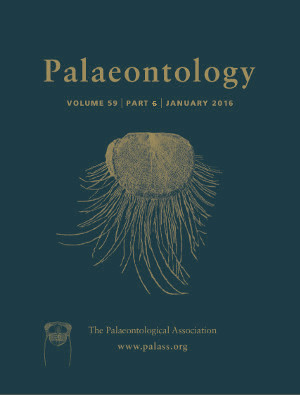Reg. Charity No. 1168330

In a recent study, the phylogeny of Caseidae (a herbivorous family of Palaeozoic synapsids belonging to the paraphyletic grade known as pelycosaurs) was analysed with a dataset employing more than three hundred continuous morphological characters in an effort to follow the principles of total evidence. Continuous characters are a source of great debate, with disagreements surrounding their suitability for and treatment in phylogenetic analysis. A number of shortcomings were identified in the handling of continuous characters in this study of caseids, including the use of gap weighting to discretize the characters and potential issues with redundancy and character non‐independence. Therefore, an alternative treatment for these characters is suggested here. First, rather than using gap weighting, the continuous characters were analysed in the program TNT, in which the raw values can be treated as continuous rather than discrete. Second, prior to the phylogenetic analysis, the continuous characters were subjected to a log‐ratio principal component analysis, and then the principal components were included in the character matrix rather than the raw ratios. Analysing the original data in TNT produced little difference in the results, but using the principal components as continuous characters resulted in alternative positions for Caseopsis agilis, Ennatosaurus tecton and Caseoides sanangeloensis. The differences are judged to be due to the reduced redundancy of the characters, the smaller number of principal components not overwhelming the discrete characters and the use of a scaling method which allows principal components with a higher variance to have a greater influence on the analysis. The positions of highly fragmentary fossils depended heavily on the method used to treat the missing characters in the principal component analysis, and so the method proposed here is not recommended for analysing very incomplete taxa.